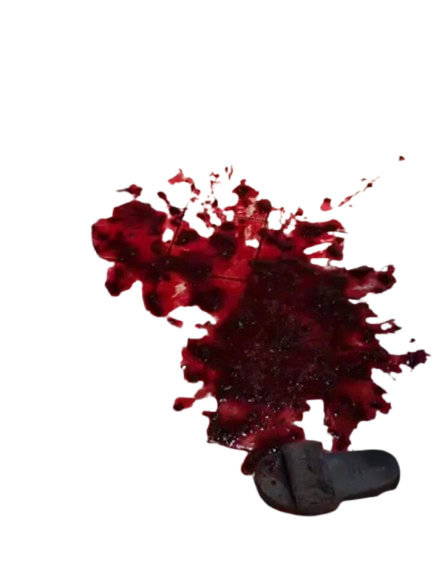Have you ever sat at the dinner table and suddenly heard a strange gurgle in your stomach? It might sound like a tiny dinosaur doing yoga, but something more alarming is going on. Vomit by itself can be yucky enough, but when you see streaks of red, it’s time to pay attention. This red swirl is not just ketchup or tomato soup. Doctors call this condition bloody vomit. It means there is fresh or digested blood in what you vomit. It can be scary, but learning the basics can help you act fast and safe. Let’s dive into this goopy mystery without freaking out.
Why Do We Get Bloody Vomit?
Sometimes our tummy sends up more than just last night’s pizza. The inside of your digestive track can get a little rough and tumble. Tiny cuts in the esophagus, called tears, may happen if you cough or gag too hard. Stomach ulcers, which are like little craters in the lining, can also ooze blood. Or you might have gastritis, an angry inner lining that gets irritated by spicy foods or medicines. Even severe nosebleeds can drain down your throat and pop back up. Each cause has its own sizzle, so doctors use tests like endoscopies to find out who’s cooking up trouble.
Gross Goose Bumps and Ouchy Stomach
Spinning stomach vibes can give you goose bumps and a queasy feeling. You might feel hot, cold, or shaky. Your mouth smells like yesterday’s leftover zombie juice, and you hope it ends soon. But if you throw up with red smears or frothy pink splashes, that’s not normal. The sight of bloody vomit is enough to make you leap back, drop your plate, and holler “Eek!” Remember, even small amounts of blood call for big attention. Keep calm, sit down, and note any other symptoms like dizziness or belly pain. This info can help your doc solve the case quickly.
Bloody Vomit: The Silly Science
Under your shirt and ribs, your stomach churns with acids that digest food like a tiny, feisty dragon. Sometimes this acid pokes a hole in the lining or irritates it so much that blood leaks out. If a vein gives up the ghost in your esophagus, you might bubble up red soup. Testing can involve a lickety-split camera on a slim tube called an endoscope. Other tricks use X-rays or blood tests to watch your red soldiers. The biology behind this gross party is cool but serious. Scientists study cell walls, acids, and even tiny blood vessels to keep us safe.
When to Call Your Superhero Doctor
Seeing red in the sink is no joke. If your throat tastes metallic or you feel faint, don your cape and fly to medical help. You should get to the ER or urgent care if you vomit a lot or if the color looks dark like coffee grounds. Sometimes slow bleeds turn brown before they explode up. Also, if you have a fever or your belly swells like a water balloon, it’s time to rush. In all these cases, telling your caregiver every detail, including when the bloody vomit started, helps them decide the right super scan or treatment for you.
Bloody Vomit? That Needs Some Action!
Preventing stomach dramas starts with smart moves. Wash hands often so no germs sneak into your meals. Eat smaller portions more slowly to cut down on tummy tantrums. Avoid heavy snacking on spicy or greasy foods that can irritate your inner walls. Stay upright for a little while after eating, because gravity can do some serious work. If you take medicines, ask if they might upset your stomach, especially pain relievers like ibuprofen. Finally, sip water if you feel queasy, but don’t gulp. Good habits can keep the icky stuff away and make your belly happy all day long.

8 thoughts on “Bloody Vomit – When Your Gut’s Warning Lights Turn Red”
Comments are closed.